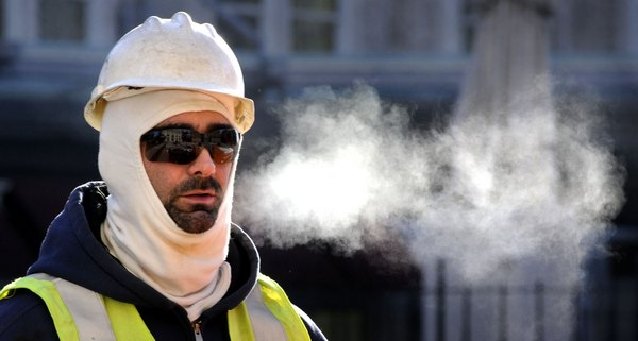by: Justin Zehel
Safety Tips for Winter Working
February 2020

Winter is upon us and even though the temperatures are dropping construction does not stop. Working outside this time of year can be hazardous whether it be cold temperatures, wind chill factors, or icy conditions it is important to pay special attention to our workers and the job-sites we are on.
Listen to your body It is important to be aware of the signs of winter related injuries or illness. Shivering, lack of coordination, and slurred speech are warning signs for hypothermia. If a worker displays any of these symptoms be sure to seek medical attention as soon as possible.
Dress appropriately It is suggested that one should wear layers when working in cold weather conditions. Ideally a moisture-wicking base layer, mid layer, and a waterproof outer layer. Be sure to cover all extremities as well, insulated boots with a good traction, gloves with good grip, and hats.
Avoid Caffeine Drinking coffee and energy drinks speeds up our heart rate and gives us a false feeling of warmth, but it is more important to stay hydrated, making water a better option than the others.
Snow and Ice Removal Construction sites are dangerous enough without having to worry about slippery conditions. Be sure to clean your site of snow and ice prior to starting work, it may seem like a daunting task at times, but will ensure the safety of all workers.
Warm Up Workers should be taking breaks in heated areas, whether it be inside a building, a heated trailer, or heated tent. Be sure to follow proper safety procedures if using a portable heaters such as lighting them and monitoring the air for Carbon Monoxide.
Working during the winter months can pose a variety of hazards, but by recognizing them and taking the proper precautions we can keep every job-site safe.
For more information see OSHA Cold Stress Guide